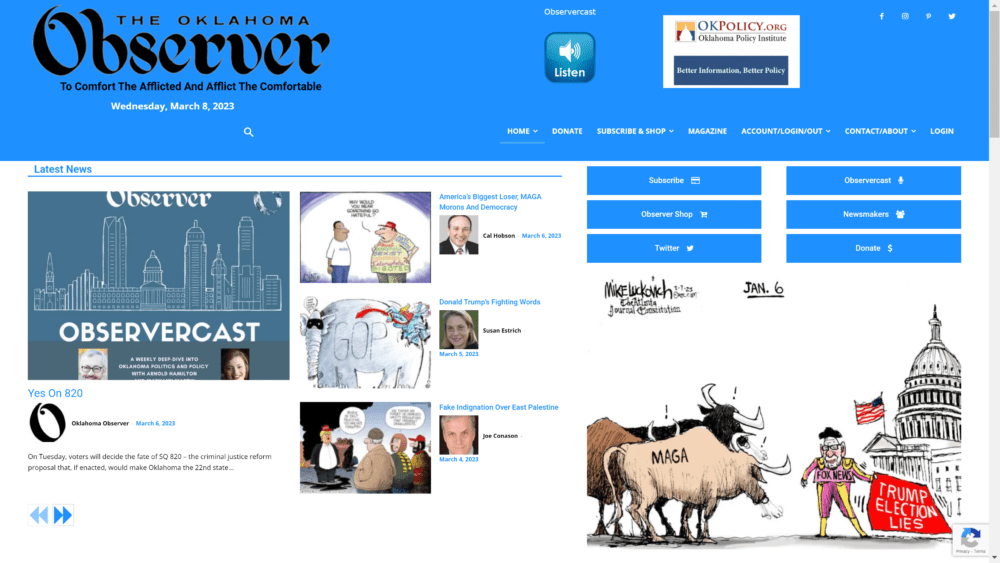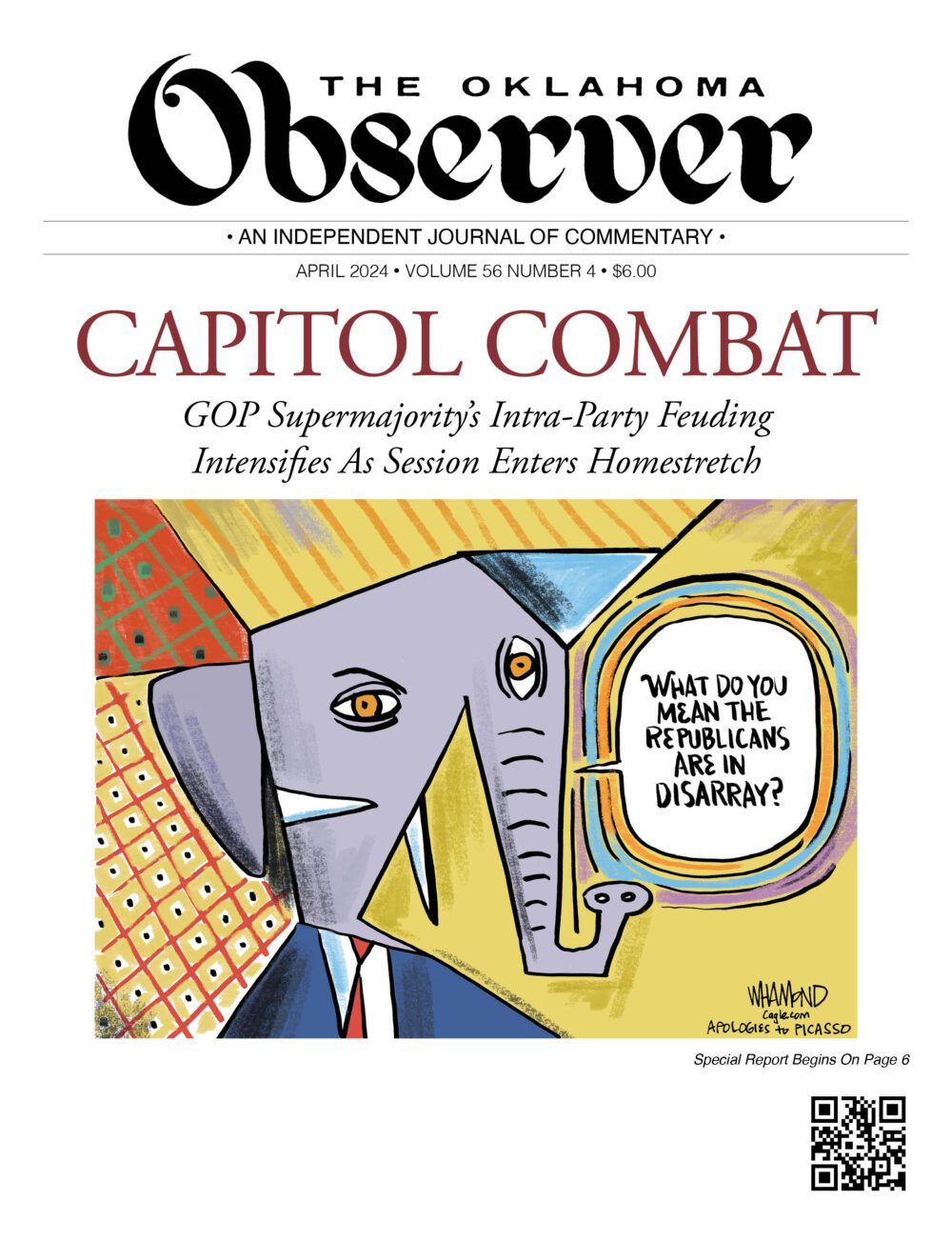Mardi Gras [Fat Tuesday], falling on March 1 this year, means Ash Wednesday follows, issuing in six weeks of Lent before Easter Sunday. At a time when a Pew Research Center study shows that an increase in the number of people newly identifying as “evangelical” comes “almost entirely from white Trump supporters,” according to Christianity Today, the constant evolution of religions deserves consideration.
At this time last year, The Telegraph reported, “The Church of England has withdrawn guidance for hosting an Easter meal at home after being accused of ‘appropriating’ Jewish tradition.”
Many who wanted to avoid the appearance of an anti-Semitic appropriation were Church of England clergy. But while Rabbi Debbie Young-Somers was “very heartened” by their response, Rabbi Laura Janner-Klausner made the obvious observation: “If they wanted to take Jewish liturgy out of Christianity, it is like taking the soul of Christianity. Easter is completely linked to Passover, which is why it changes date every year, and to deny the Jewishness of Jesus and of Christianity may indicate a discomfort with Judaism and not with Christianity.”
Jesus was a Jew, a practicing Jew. His first followers were Jews, a very small sect holding heretical views.
One person’s revelation is someone else’s heresy.
The interaction between the many cultures of our unirace continues to inspire people of those cultures, artists at the forefront to be sure, but also throughout those societies. The American experience in representative government – leapfrogging over stodgy British aristocratic/monarchical restraints – became and remains the world ideal and standard for oppressed people everywhere. [And Benjamin Franklin said that he first conceived the idea of the united colonies from the success of the Iroquois Confederacy.]
Ideas travel well, right inside our minds. But those encountering new ideas have foundations of their own. Many missionaries – deliberate or incidental – “go native.” But not entirely. They adopt and adapt just as do the people whom they seek to influence.
People who condemn the multi-cultural appreciation and inspirational impetus of their art, music and fashions as “cultural appropriation” are lightweight complainers compared to guardians of religious beliefs.
Henry VIII split the Church of England from Roman Catholicism in 1534. It wasn’t until 1690 that a Protestant England was guaranteed – with too many martyrs on both sides to count.
As an equal opportunity offender, I will point out that, revelations notwithstanding, the growth, development and variations of religions can be documented. The most accessible introduction to the subject is the four-volume, 2,000-page The Masks of God by Joseph Campbell.
In Eastern Religions and Western Thought, philosopher Sarvepalli Radhakrishnan, who later served as the first vice president and second president of India, cites parallels between ancient Hindu ideas and the first Greek philosophers, based in Ionia on the western edge of Asia.
To avoid charges of heresy and the rack, I will offer an example that does not touch on current beliefs. I have decided – with no support that I have found – that the story of Perseus turning enemies into stone by showing them the snake-haired head of Medusa echoes the memories of early Greeks entering the much more civilized world of the matriarchal Cretan Civilization. The stone-transfixed men were the first statues the Greeks had ever seen. Medusa [“Queen”] was the Cretan Snake Goddess, who not only held regenerating snakes [because they shed their skin], but, in one statue, has a snake peering over the top of her crown.
So, when Perseus [“the Destroyer”] capped his victory over the local rulers by marrying their daughter – to legitimize his rule in the eyes of his new subjects – he gave Medusa’s head to Athena [one of the first Greek deities we find named] to signify the transfer of deity from a Pelasgian to a Greek goddess, who wore the symbol on her armor or shield to signify her status.
Maybe that’s just my fanciful interpretation of ancient cultural remnants. Even so, it indicates the kind of cultural transformations when cultures connect. Experts do agree that the many romantic affairs attributed to Zeus and his brethren reflect their Greek followers’ encounters – and subjugation – of local pre-Greek Mother Goddess worshipers, bringing them into orthodoxy.
Other interactions provide more questions than answers, as in the transformation of Egyptian sphinxes with men’s heads into Greek sphinxes with women’s heads. [The only angels mentioned in the Bible are male.] In fact, complete inversions of meanings from the same symbols are not uncommon.
Campbell and other mythographers have shown the lineage of religious ideas and even deities. But what they escape is the immediate resentments among old and new believers when any changes occur.
Of course, advocating their findings would be dangerous in many countries today.
Some Native Americans decry non-Indians holding sweat lodge ceremonies. An Arizona “wannabe” led three people to their deaths in 2009.
But steamy purifications and lustral baths were common in the Greco-Roman world and the countries that succeeded the empire, including the Turkish baths. Finns have their saunas. Baptism represents a similar ceremonial cleansing and renewal. There is an effort underway today to preserve such structures in Ireland.
And what happens if one of these New Age movements survives and thrives into succeeding generations? There are religions and denominations in this country less than 200 years old – some achieving more mainstream acceptance than others.
Some are younger than I am. Successful sects become religions.
Hindus recognize Santoshi Maa, the Mother of Satisfaction, who emerged as a full-fledged goddess only in the 1960s.
“A clash of doctrines is not a disaster,” Alfred North Whitehead said, “it is an opportunity.”
Religion is as fluid as other aspects of culture, and some who claim to preach the most conservative, traditional viewpoints are the most radical in their alterations. Hence, the emergence of Christian Nationalism, which, though it perverts both of its purported influences, exerts political influence today.








